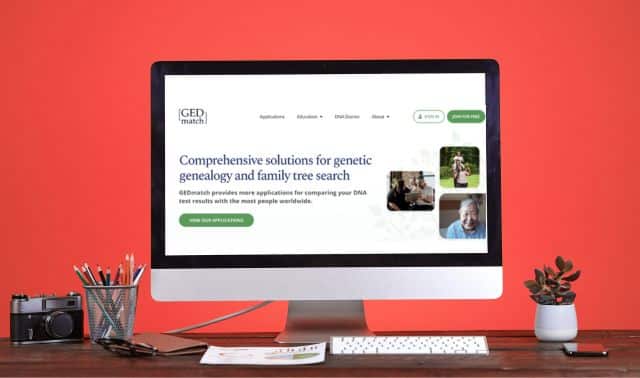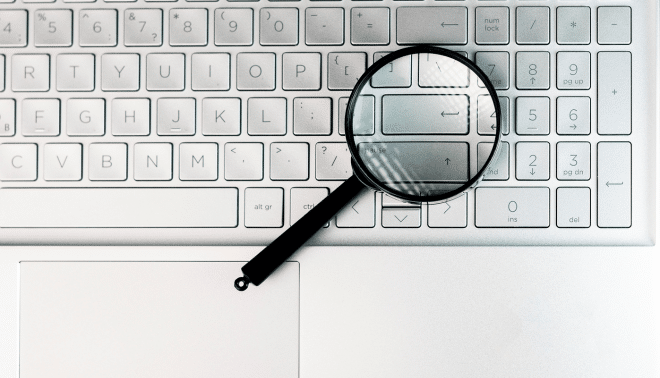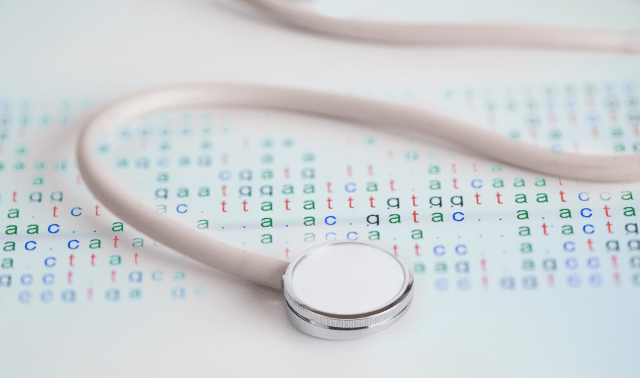Sign up for the Family Tree Newsletter Plus, you’ll receive our 10 Essential Genealogy Research Forms PDF as a special thank you!
Get Your Free Genealogy Forms
"*" indicates required fields

Q: Is it possible that some of the shared matches in my shared matches list aren’t really related to each other?
A: The shared matches tool is a tool offered by all testing companies. It lets you select one DNA match, and then see a list of all DNA matches that share DNA with you, and that match. So, let’s say you are looking at the shared matches list for you and Denise and you see Yolanda and William. Theoretically, you, Denise, Yolanda and William all share a common ancestor with each other. If you know that you and Denise are second cousins through your great grandparents Harold and Hilda, then Yolanda and William should all be related to you as other descendants of Harold and Hilda, or through either Harold’s ancestors, or Hilda’s ancestors.
Except when they are not.
See, all the shared matches tool tells you is that Yolanda and William are both sharing DNA with you and with Denise. Which means there are three possible explanations for your relationship:
ADVERTISEMENT
You are all actually related through the same line, perhaps Harold and Hilda. This, of course, is the ideal scenario.
You are suffering from marital problems. Let’s say you can see that Denise (who, in this scenario you don’t know your relationship to), Yolanda and William all seem to share an ancestor named Jane. So it would seem that you too, are related to Jane. However, when doing further research you see that Jane was actually the second wife of your ancestor Marcus. So the DNA you are sharing is actually from Marcus, not from Jane, and you aren’t related to her at all.
You are all related to each other in different ways. This often happens in small, tight-knit communities. For example, you and Denise might share the couple Leonard and Lilly, but Denise shares Robert and Roberta with Yolanda while you share Trevor and Teeny with Yolanda. And Yolanda and Denise share Spencer and Sarah. So yes, you will all three share DNA with each other, but it is not because of a single recent shared common ancestor.
ADVERTISEMENT
It can often be difficult to tell the difference between these scenarios. But the sure-fire way to know for sure is to do genealogy!
Last Updated: October 2023
ADVERTISEMENT




